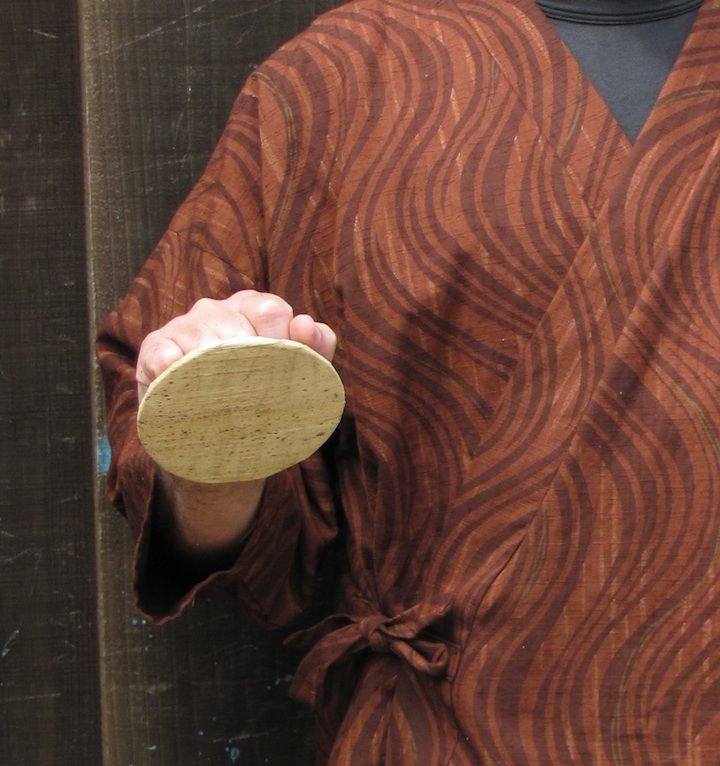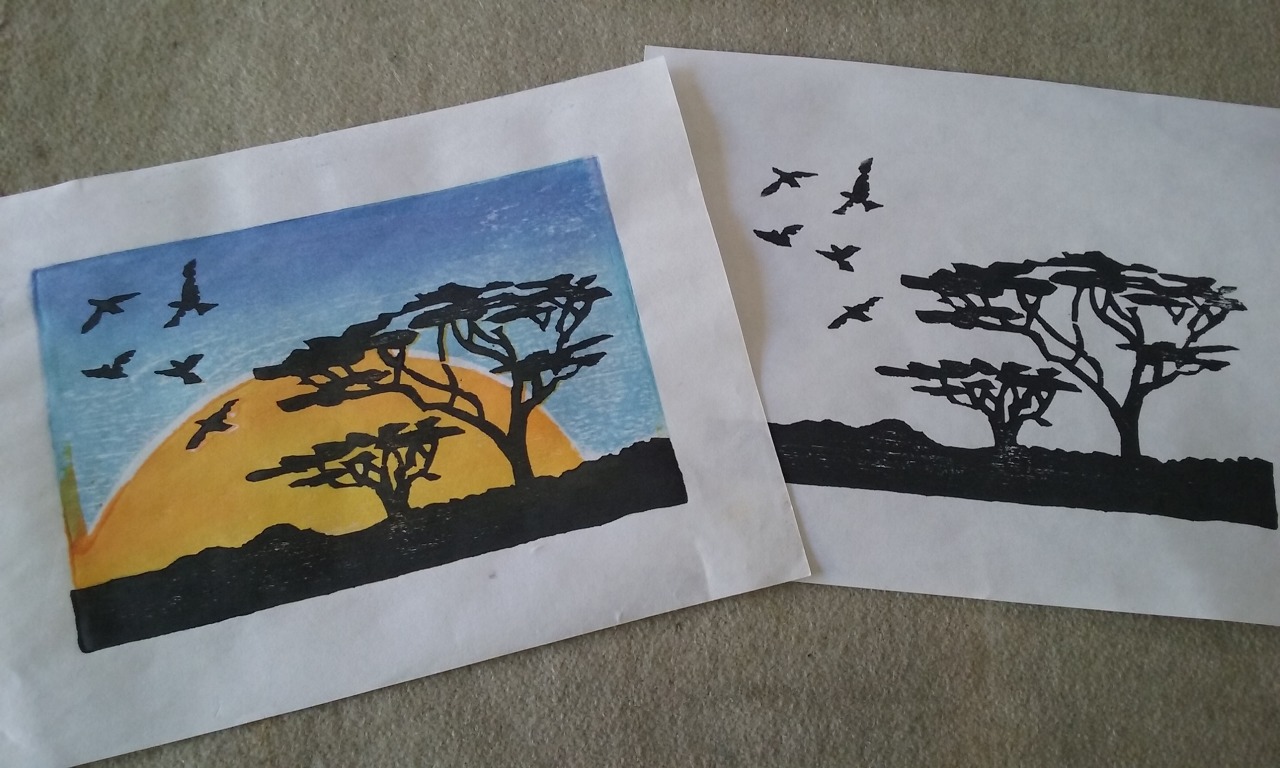

"This exhibition once again proves the versatility of the Art & History Museum's collection and the power of heritage in bringing together stories, communities and ideas across generations and continents." - Thomas Dermine, State Secretary for Economic Recovery and Strategic Investments, in charge of Science Policy. While retaining classic themes such as landscapes, beautiful women (bijin), kabuki actors and flowers-and-birds, Shin hanga prints also reflect a modernizing Japan and seduce with a new aesthetic and an extremely high production quality.Īrtists: Kawase Hasui, Itō Shinsui, Ohara Koson, Kasamatsu Shirō, Komura Settai, … He gathered around him artists whose drawings were printed using traditional woodblock printing techniques.

The publisher Watanabe Shōzaburō (1885-1962), noting the decline in xylographic production due to competition from new imported techniques such as photography and lithography, was the movement's greatest promoter. The Shin hanga (literally « new prints ») art movement was a revival of traditional printmaking (ukiyo-e) in the early 20th century. Next to these works, the visitors find a selection of Shin hanga prints from the rich collection of the Art & History Museum. The " Shin hanga - The new prints of Japan 1900-1960" exhibition ( – ) features no less than 220 Japanese prints from two private collections in the Netherlands, as well as sketches, studies and prints from the collection of the grandson of the publisher Watanabe.


 0 kommentar(er)
0 kommentar(er)
